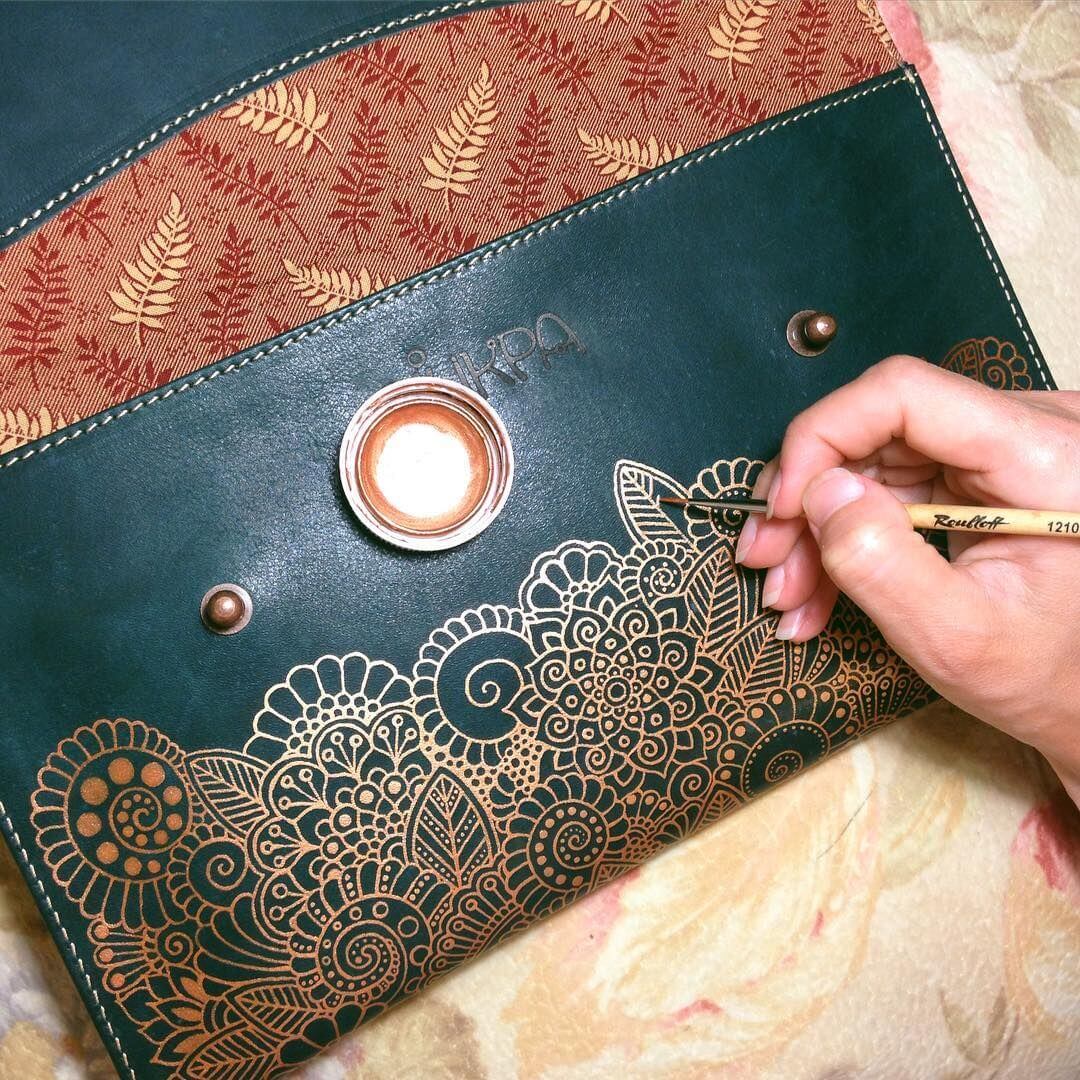Ahhhh, Italian leather. It enjoys a fantastic reputation even to this day as a premium leather frequently associated with bags, shoes as well as even sofas. However why is it so special? And what exactly is it?
Historically speaking, the Italians have utilised the centuries-old process of vegetable tanning their leather. In addition, they take great care in the process along the way. One of the characteristics of good-quality Italian leather is that they use full grain hides and then process them in a way which produces a softer, more pliable leather as opposed to other methods of vegetable tanning. This is great for products which you would like to be made of soft leather.
Owing to its dedication to old world techniques and vegetable-tanned leather, Italian leather has earned a reputation as being great leather. A word of caution, though. Not all Italian leather is equal. Sometimes, a leather that was simply tanned in Italy but not using the methods above gets labelled “Italian Leather”. So ensure that you know what you’re purchasing.
What Does The Term ‘Italian Leather’ Mean?
Made in Italy, obviously! It is highly priced leather utilised for a wide range of different goods: bags, wallets, shoes, watch straps, even car interiors. Italian leather is well regarded in fashion and design owing to the beauty of its subtleties and its long-lasting strength.
What Is Italian Leather Made Of?
The apparent question is not so apparent at all. It is made of cowhide however this is just the first step. In order to obtain the best Italian leather special traditional techniques are utilised. Different kinds of treatments and different parts of the hide result in a great quality product.
What Is The History Of Italian Leather?
Leather tanning in Italy has a very rich socio-cultural history which dates back to the Etruscan civilisation in the 8th century BC. The Etruscans were the first individuals to explore and harness the technique of vegetable tanning, the fundamental principles of which remain the same today. Key to this initial progression were expert shoemakers, who made durable sandals for daily use.
Leather production increased in social importance under the Roman rule as the material was utilised in everything from transportation, to clothing and warfare. During this period of history, the art of vegetable tanning also became a regulated industry. Complex leatherworks began to spring up across the Roman Empire.
In the year 1282, the Arte dei Cuoiai (Leather Workers Guild) was started. It was one of the numerous professional guilds in Florence, secular institutions which protected trade secrets as well as enforced strict quality standards. This made sure the city’s leather industry stayed highly competitive on the international stage.
In the starting years of the 20th century, a selection of now leading fashion houses started their commercial lives as leather goods stores, including Prada (1913), Gucci (1921) as well as Ferragamo (1927). Demand for their products in the ensuing decades allowed the Italian leather industry to grow in stature and profitability.




